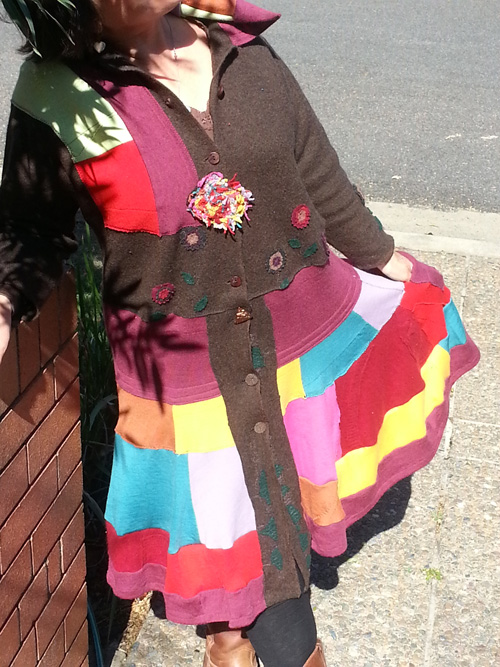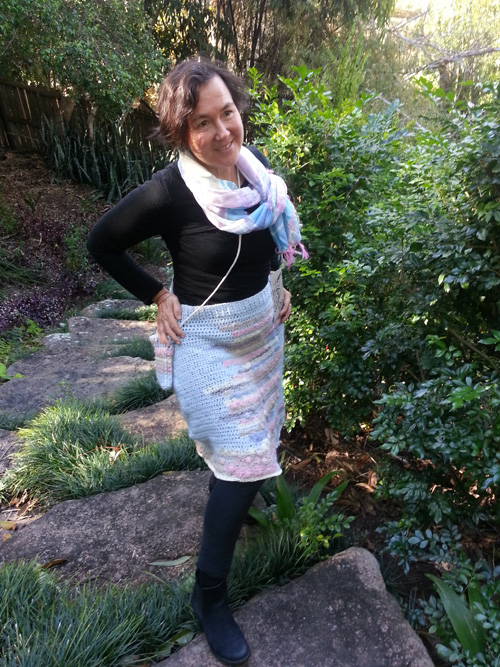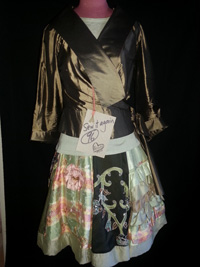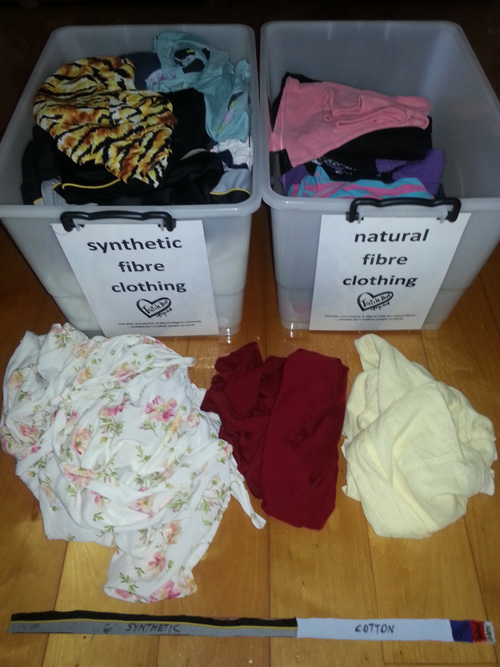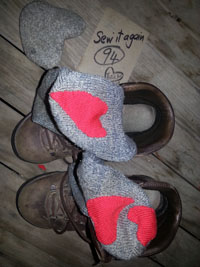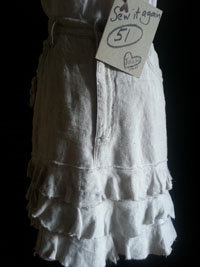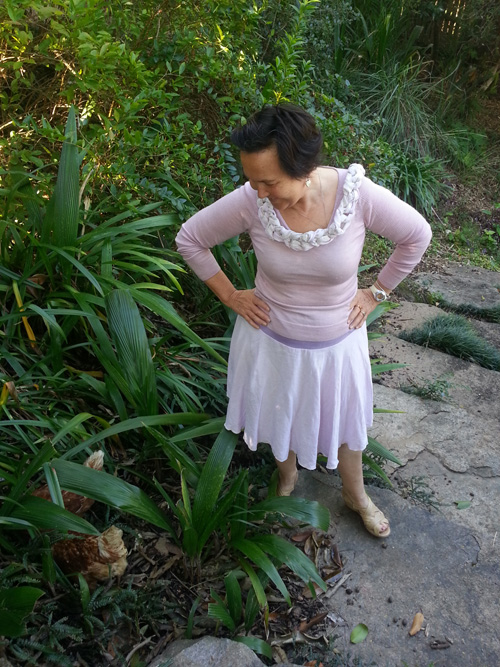 Some clothing has become so cheap and available in the 21st century that it is effectively disposable, with most items worn only once or twice before being discarded.
Some clothing has become so cheap and available in the 21st century that it is effectively disposable, with most items worn only once or twice before being discarded.
This cheap fast fashion, like cheap fast food, satisfies an immediate need to dress for the day – but the true social, ethical and ecological impact is not yet understood.
We know the world wastes about one-third of the food it produces and we are only beginning to grapple with clothing and textile waste.
FAO data on fibre apparel use shows we now consume clothing at three times the rate we did two decades ago. Since 1992, global population has increased by 25 percent and textile consumption by 80 percent. In 1992, we each used 7kg and that increased to 11kg per person by 2010 – with most of the increase being synthetic fibres, derived from petroleum. Synthetic fibres that are cheap, readily available, ultimately unsatisfying and disposable. Continue reading
